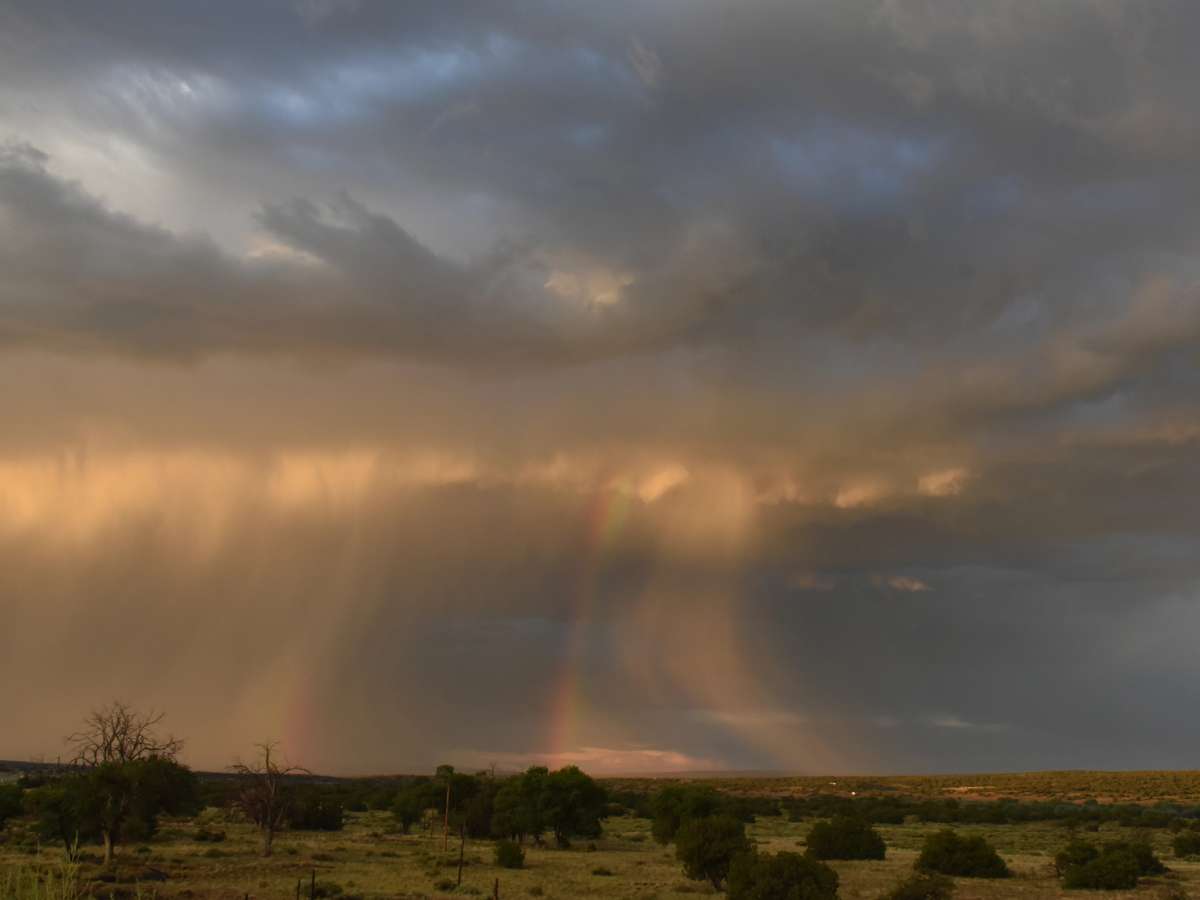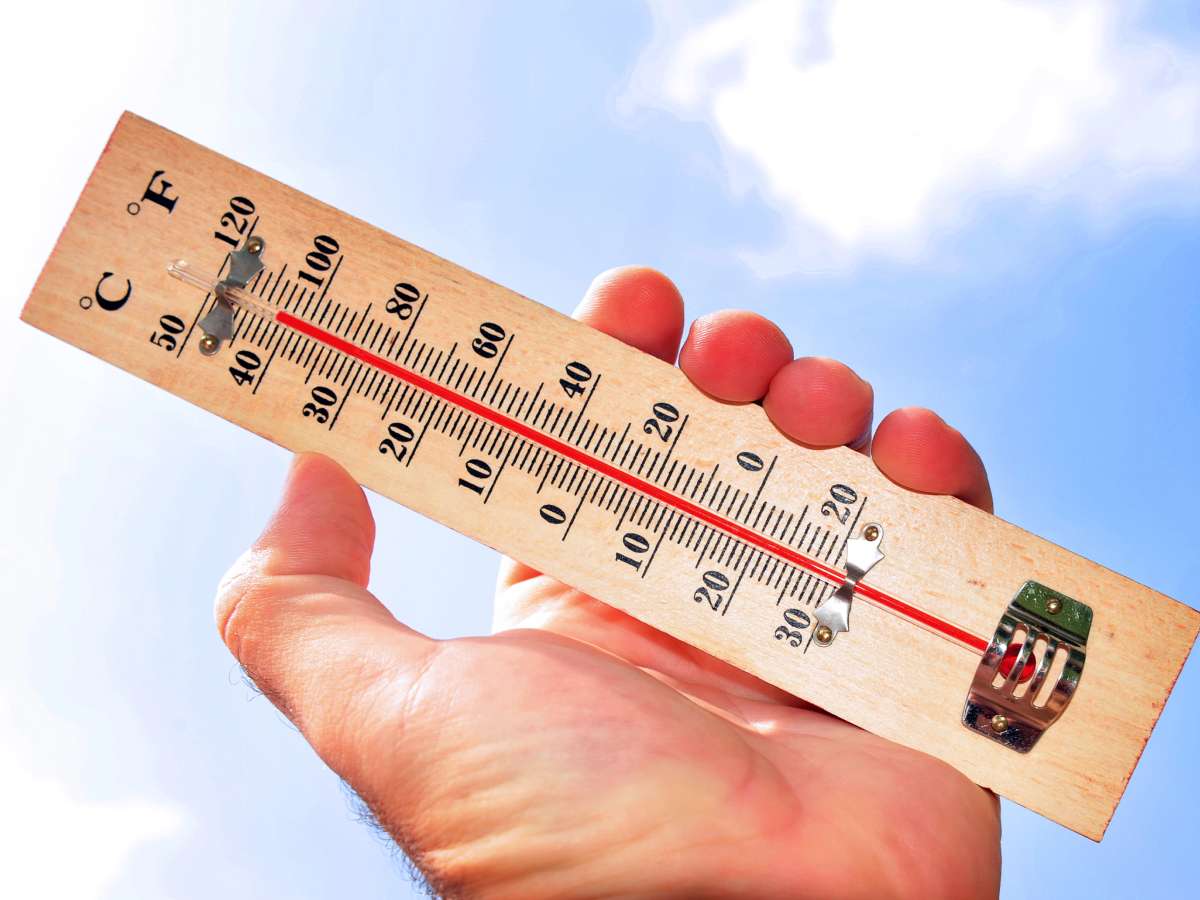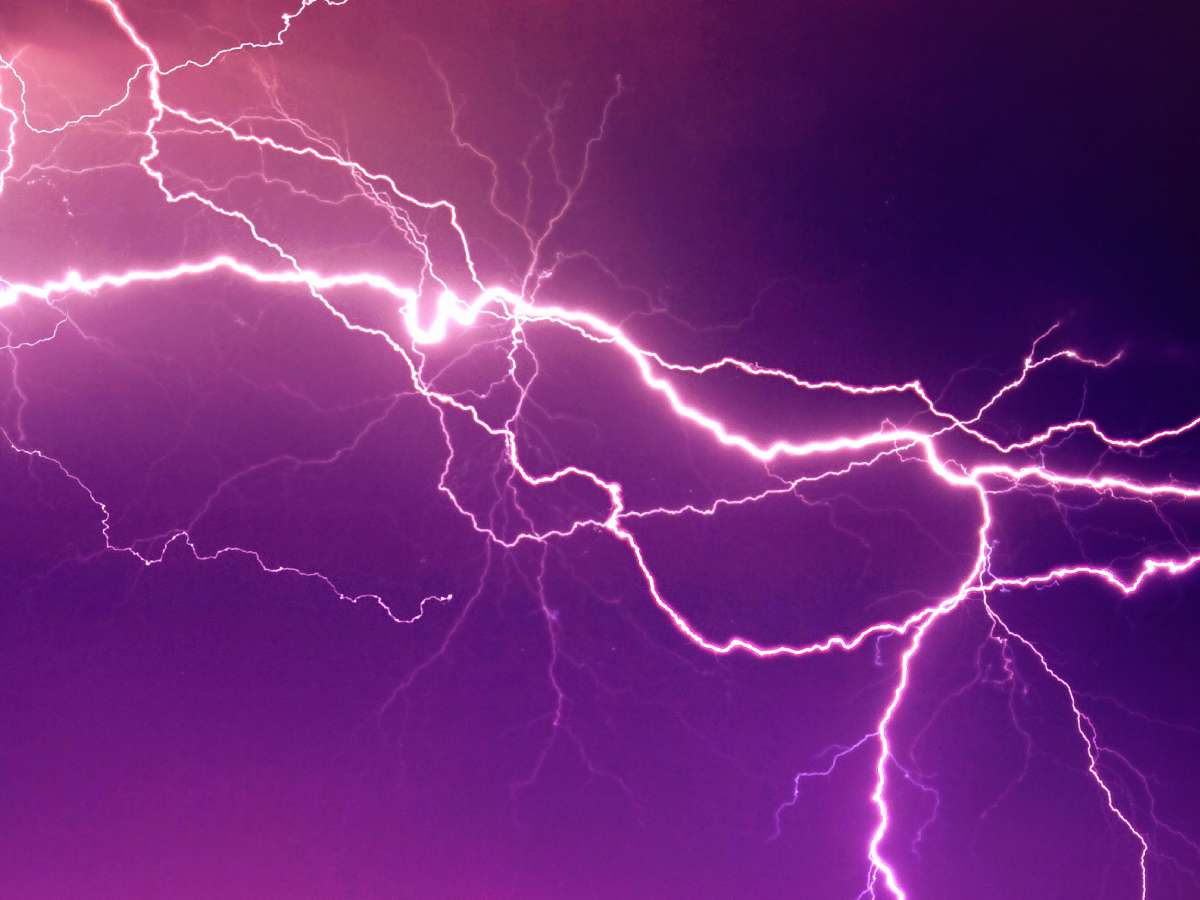
Do you remember catching snowflakes on your tongue when you were a child?
I loved feeling as the cold snowflake laid on my tongue and melted into icy goodness.
My siblings and I built snow forts and played war, using snowballs as weapons. We made snow tunnels and snow caves, as well as snow angels. And we enjoyed tobogganing and skiing on the hills that surrounded our country home.
When I was young, I never gave a thought to how snowflakes are formed, but my curiosity was piqued when a teacher began to talk to our class about snow science. The teacher told us about a man named Wilson Bentley, a self-educated farmer who dedicated his life to the study of snowflakes.
Wilson Bentley’s Snowflake Research
After capturing 5,000 snowflakes and finding no two identical, Wilson Bentley wanted the world to know just how unique snowflakes were.
He wrote over 60 articles and books and was eventually dubbed The Snowflake Man.
When he died in 1931, Bentley was the world’s snowflake expert. There is even a child’s book that’s been written about Bentley and his snowflake research. It’s called Snowflake Bentley.
How Snowflakes Are Formed
Snowflakes are really ice crystals that are formed in the clouds by water vapor.
When the atmosphere’s temperature dips to below 32 degrees Fahrenheit, moisture changes to ice.
Snowflake formation is affected by a variety of factors including air currents, humidity and temperature.
Particles of dirt that were trapped in the water vapor affects the weight and durability of the ice crystals.
Because of these extenuating factors, no two snowflakes are exactly alike — though there is no scientific reason that prevents it. Snowflakes may look the same but will not have the same number of water molecules or the exact amount of oxygen and hydrogen.
Now, watch a snowflake form in slow motion before your very eyes:
Little-Known Facts About Snow & Snowflakes
- While no two snowflakes may look exactly alike, all snowflakes fall in one of 35 different shapes.
- The largest snowflake recorded in the Guinness Book of World Records fell at Fort Keogh, Montana and was 15 inches wide and 8 inches thick.
- Scientists study snowflakes by spreading a chemical compound over a glass plate and waiting until a snowflake lands there. The compound immediately covers the snowflake and hardens. When the snowflake melts, it leaves behind a plastic case that shows its exact structure!
- When combined, windblown snow and black dirt make what is called snirt.
- A snow storm becomes a blizzard when visibility is under 1/4 mile and the storm continues for more than 3 hours with winds of 35 mph.
- Stampede Pass, Washington averages 430 inches of snow per year. No wonder it’s known as the snow capital of the United States!
More Fun Stuff About Snowflakes
I love writing about almost anything, especially my life experiences. Other favorite things to write are how-tos, household hints, nature and fishing articles, among others.



